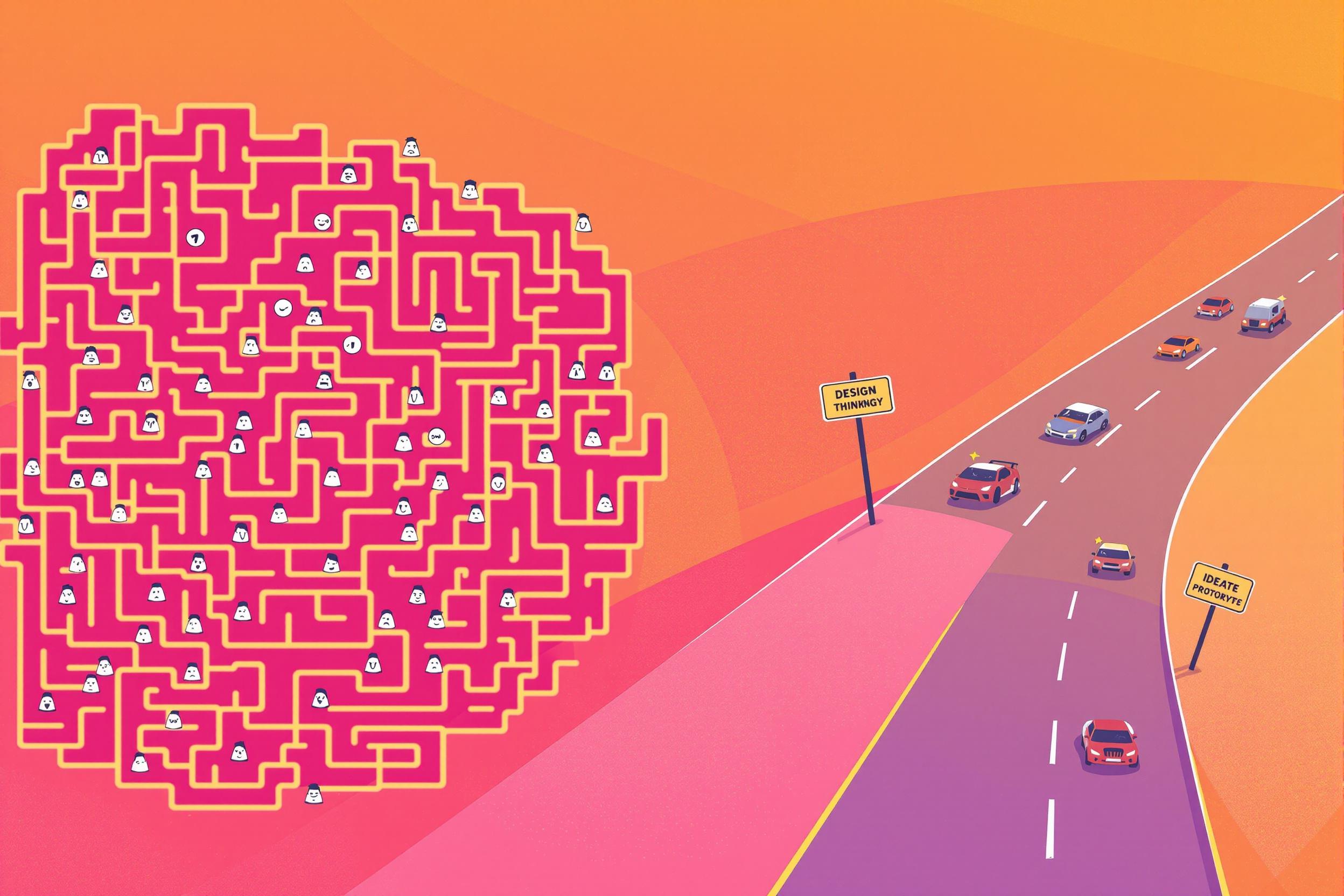
Communication Cascade
A Communication Cascade is a structured way of sharing important information throughout an organization, typically from top leadership down to all employees. Think of it like a waterfall, where information flows down through different levels of the company in an organized way. This method ensures that messages are delivered consistently and that every level of the organization receives the information they need. It's especially important during major company changes, new initiatives, or important announcements. Some people also call this "information cascade" or "organizational communication flow."
Examples in Resumes
Designed and implemented Communication Cascade strategy for company-wide restructuring affecting 5,000 employees
Managed Communication Cascade process for merger announcement across 12 global offices
Created Information Cascade templates and toolkits for managers to effectively deliver messages to their teams
Led Communication Cascade training for 50+ department heads during rebranding initiative
Typical job title: "Corporate Communications Managers"
Also try searching for:
Where to Find Corporate Communications Managers
Professional Associations
Online Communities
Job Resources
Example Interview Questions
Senior Level Questions
Q: How would you handle a communication cascade for a sensitive announcement like a major restructuring?
Expected Answer: Should discuss creating a detailed timeline, preparing different message versions for various audiences, training managers, considering multiple channels, and having contingency plans for potential leaks or resistance.
Q: How do you measure the effectiveness of a communication cascade?
Expected Answer: Should mention employee feedback surveys, manager check-ins, monitoring engagement metrics, tracking understanding through pulse surveys, and adjusting approach based on results.
Mid Level Questions
Q: What elements do you include in a communication cascade toolkit for managers?
Expected Answer: Should describe key messages, FAQs, presentation templates, timing guidelines, feedback forms, and supporting materials that help managers deliver consistent messages.
Q: How do you ensure consistency in messaging across different departments?
Expected Answer: Should explain creating core message documents, providing training, using templates, establishing feedback channels, and maintaining regular check-ins with key communicators.
Junior Level Questions
Q: What are the basic steps in planning a communication cascade?
Expected Answer: Should mention identifying key stakeholders, creating core messages, determining timeline, choosing communication channels, and planning for feedback collection.
Q: How do you support managers in delivering cascade messages?
Expected Answer: Should discuss providing clear talking points, creating presentation materials, offering communication tips, and being available for questions and support.
Experience Level Indicators
Junior (0-2 years)
- Writing clear and concise communications
- Creating basic presentation materials
- Supporting manager communications
- Coordinating communication timelines
Mid (2-5 years)
- Developing communication strategies
- Creating manager toolkits
- Managing stakeholder relationships
- Measuring communication effectiveness
Senior (5+ years)
- Leading large-scale communication initiatives
- Managing sensitive organizational changes
- Developing communication policies
- Training and coaching executives
Red Flags to Watch For
- No experience with major company announcements or changes
- Poor writing or presentation skills
- Lack of stakeholder management experience
- No understanding of different communication channels and their appropriate use
- Unable to demonstrate experience in measuring communication effectiveness
Related Terms
Need more hiring wisdom? Check these out...

Why Your Hiring Process is a Maze (And How Design Thinking Can Turn It into a Superhighway)

Remote Hiring Playbook: Building High-Performing Distributed Teams

Navigating the Virtual Horizon: Rethinking Leadership Succession in a Remote-First World

